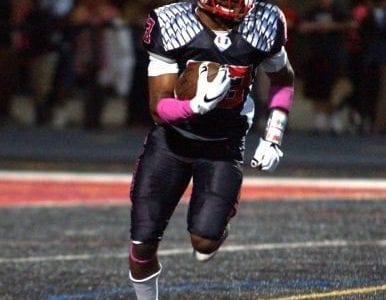
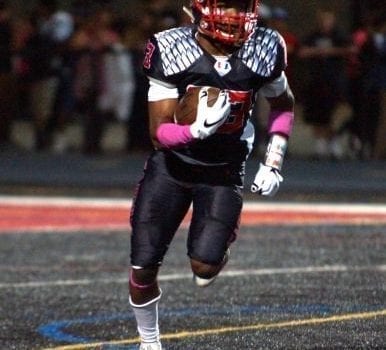
Evening the Field
CalHiSports Sitewide StatsCalHiSports.com November 20, 2015 SportStars 0

Fans of Northern California prep football better start getting used to the term “competitive equity” as it relates to the playoffs in the Sac-Joaquin Section, North Coast Section and Central Coast Section.
To be precise, competitive equity is simply a different method used to determine which playoff divisions each team is placed, and in most cases, replaces a school’s enrollment total.
“That’s something we talk about in our office a lot,” said Will DeBoard, the CIF Sac-Joaquin Section’s Director of Communications. “The Southern Section is going to competitive equity divisions next year and, as you know, how the Southern Section goes a lot of other sections go as well.”
Teams in the Sac-Joaquin Section often do move up in divisions for competitive equity reasons, such as St. Mary’s-Stockton in many sports. Another great example is Central Catholic-Modesto, which is up from Division IV to Division III this year in football. And if it were to win in Division III this year, it would likely go up again next year to Division II. That school has less than 500 students, but obviously has a football program that maybe couldn’t take on Folsom or Elk Grove this year but just about anybody else.
“I do like how we do it now,” DeBoard said. “It’s enrollment-based, but we use competitive equity to move up teams. There’s just nothing in place to move a school with a big enrollment down.”
Using competitive equity factors, a school such as Independence-San Jose, which has 3,260 students but only two winning seasons in the last 10, would not be in the same playoff division in the CCS as Bellarmine Prep-San Jose under any circumstances.
In this year’s NCS playoffs, for example, using competitive equity also would have prevented Clayton Valley-Concord from staying in Division II and instead would have included the Ugly Eagles in Division I. They are in Div. II in the NCS because of enrollment.
It is hard for many who have followed enrollment-based playoff divisions for years to grasp some of the wide differences in enrollment that can happen if competitive equity was the norm.
In this year’s Southern Section Mid-Valley Division, for example, the top-seeded team, Sierra Canyon-Chatsworth, represents a school of 410 students. Another team in the same division is from Montebello High with an enrollment of 3,400. Sierra Canyon and Montebello, however, are worlds apart in the socio-economic background of its students. Sierra Canyon alums include Kendall and Kylie Jenner and many other sons and daughters of celebrities. Montebello is working-class, mostly Hispanic. If the football teams can be competitive and the travel is not extreme, why not stick them in the same division?
It’s doubtful that the NorCal sections would have a school with as large of an enrollment as Montebello in Division IV or Division V, but using competitive equity you also wouldn’t have a school like Stagg-Stockton being in Div. I in the SJS. Instead, the school would be placed in Div. III where the Delta Kings realistically belong. Last year, Stagg had to play Folsom in the first round of the SJS Div. I playoffs and was down 63-0 at halftime.
As you can see, the schools that benefit the most from competitive equity divisions are the high-enrollment, big schools of larger districts like Sacramento Unified, Stockton Unified, East Side Union High School District of San Jose and others.
It also breaks schools from the same league into different divisions, which already happens in the SJS, CCS and NCS, but doesn’t yet in the Southern Section.
In short, using competitive equity-based divisions has merit because it should lesson the odds of experiencing one of the least enjoyable aspects of high school sports and that’s the opening-round playoff rout.
Mark Tennis is the co-founder of Cal-Hi Sports, and publisher of CalHiSports.com. Contact him at [email protected] and follow him on Twitter, @CalHiSports.



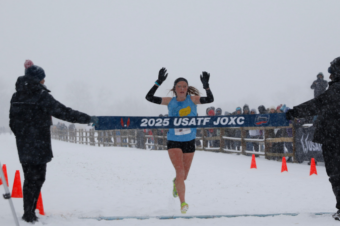

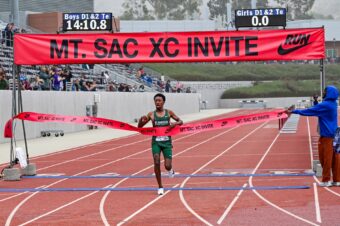

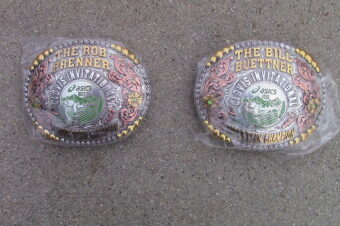
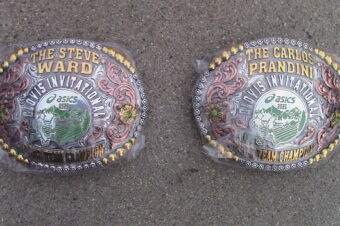
No comments so far.
Be first to leave comment below.